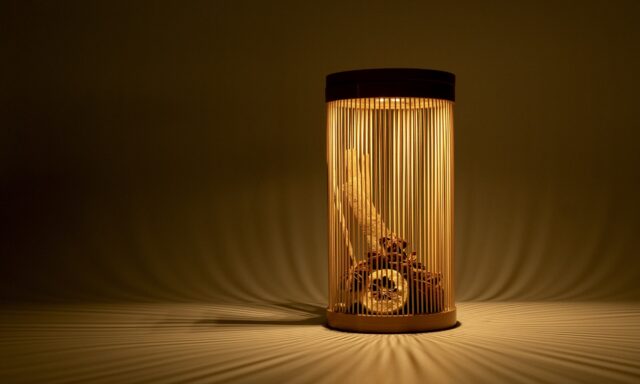Newly Launched “Yakiiro” Chopstick Rest by MIYAMA
New Products VOL.19
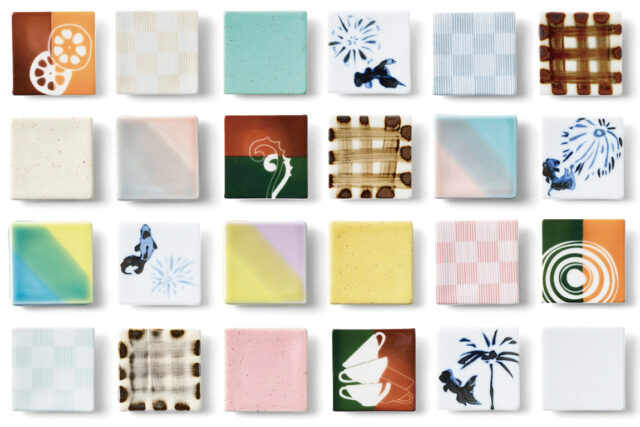

VOL.1-19
Update

VOL.1-27
Update
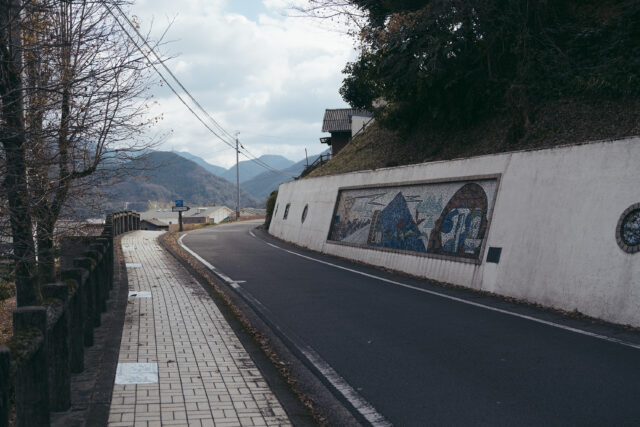
VOL.1-4
Update
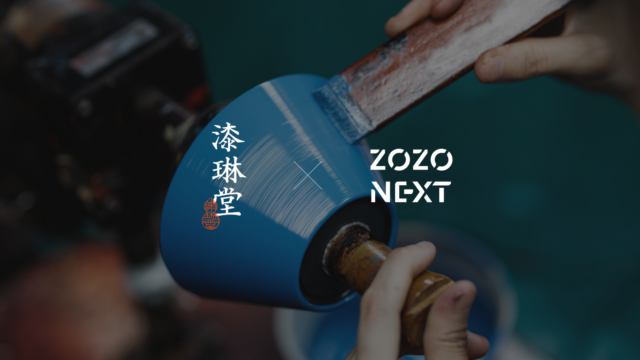
VOL.1-19
Update
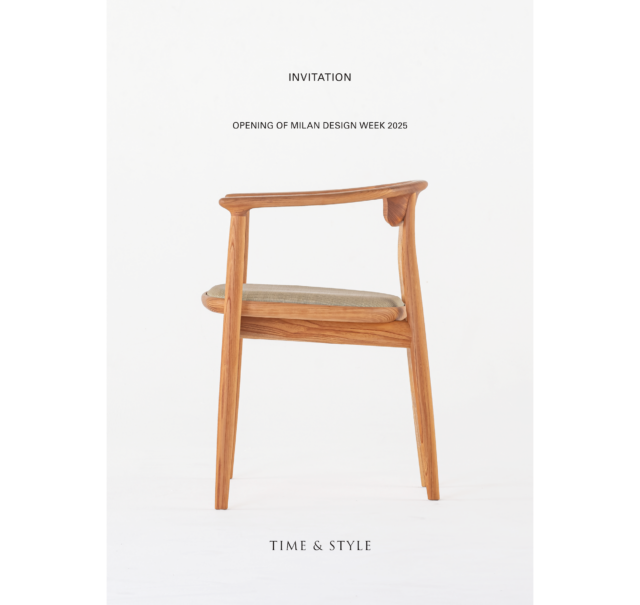
VOL.1-43
Update
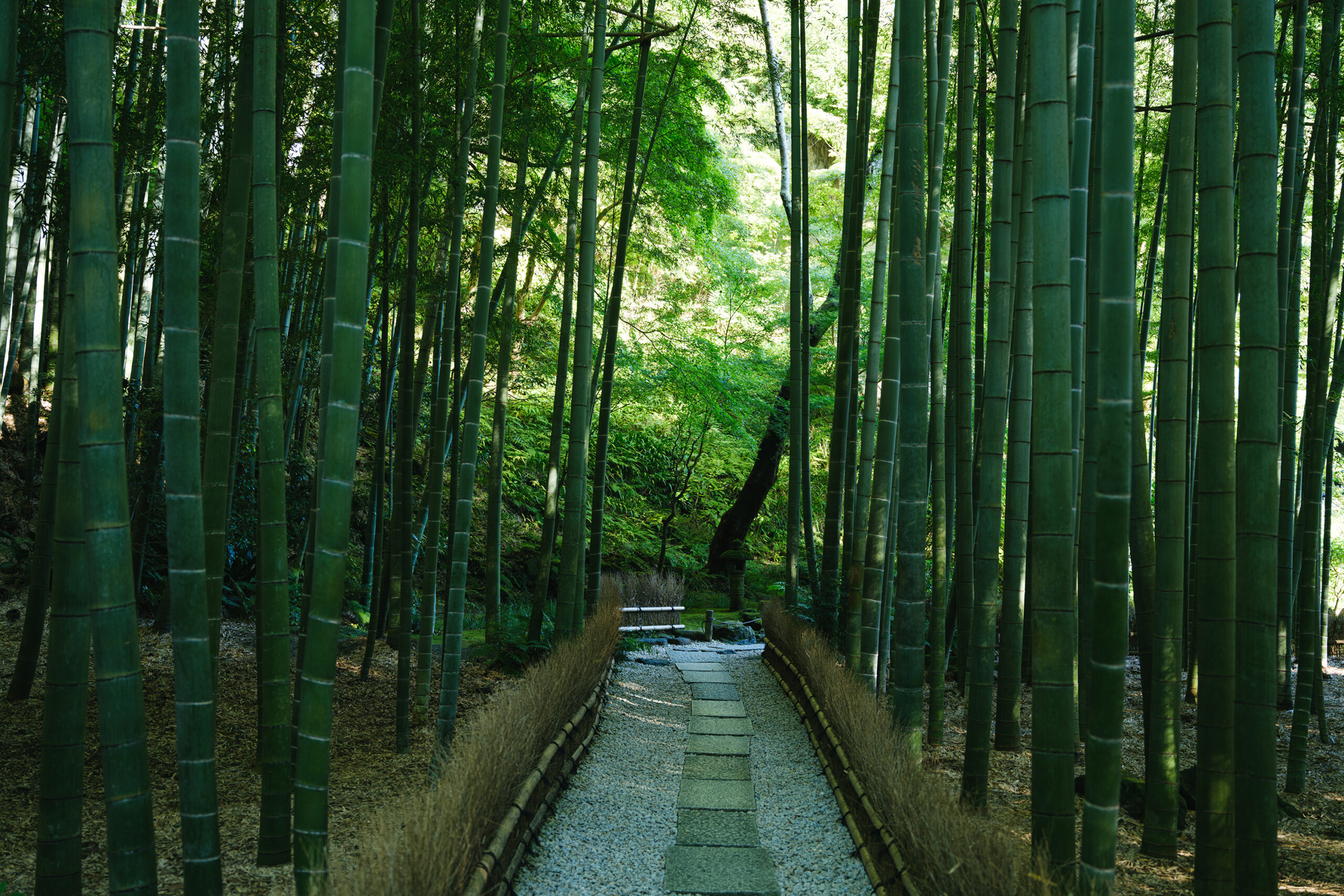
VOL.1-2
Update
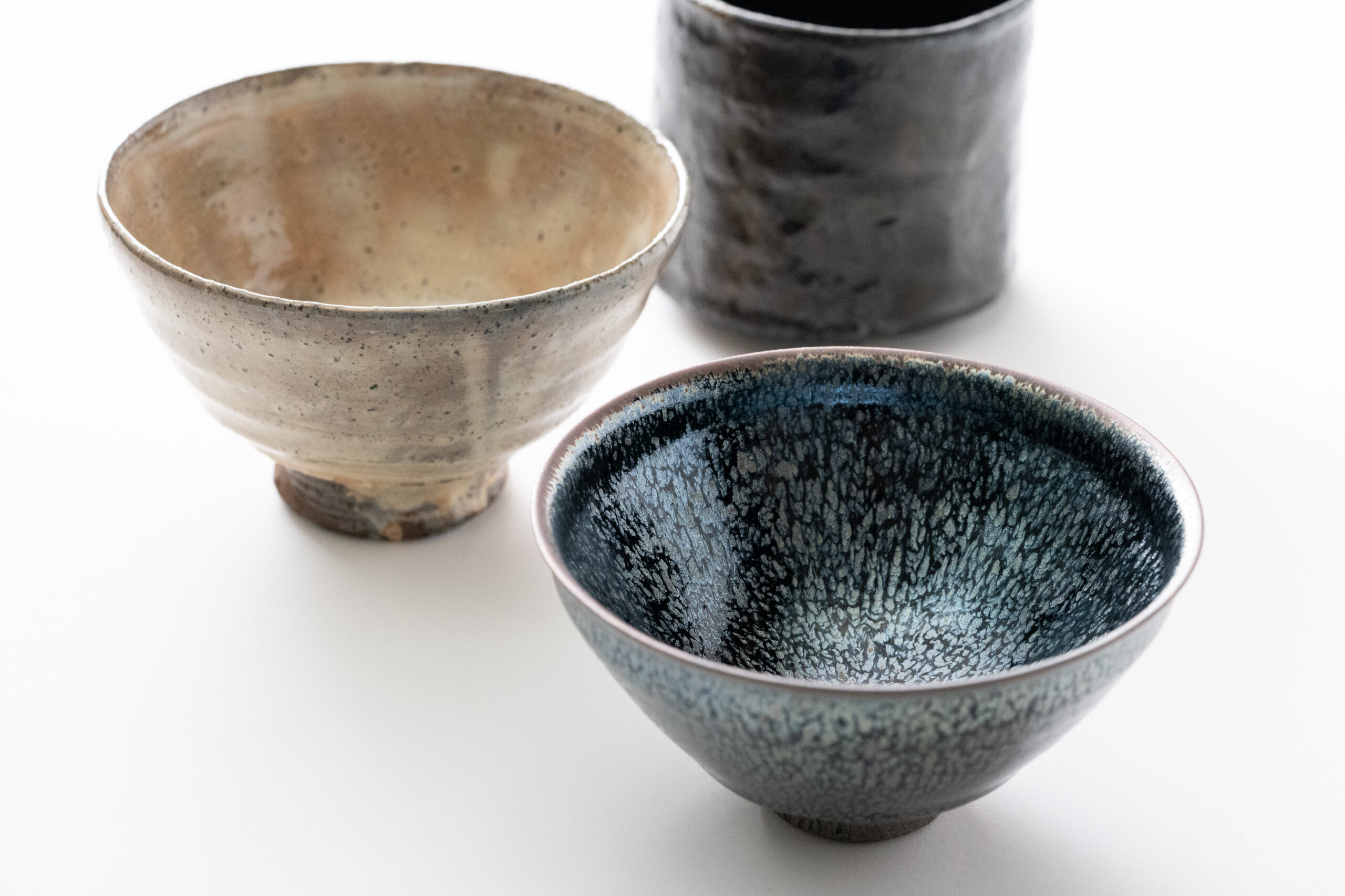
VOL.1-3
Update
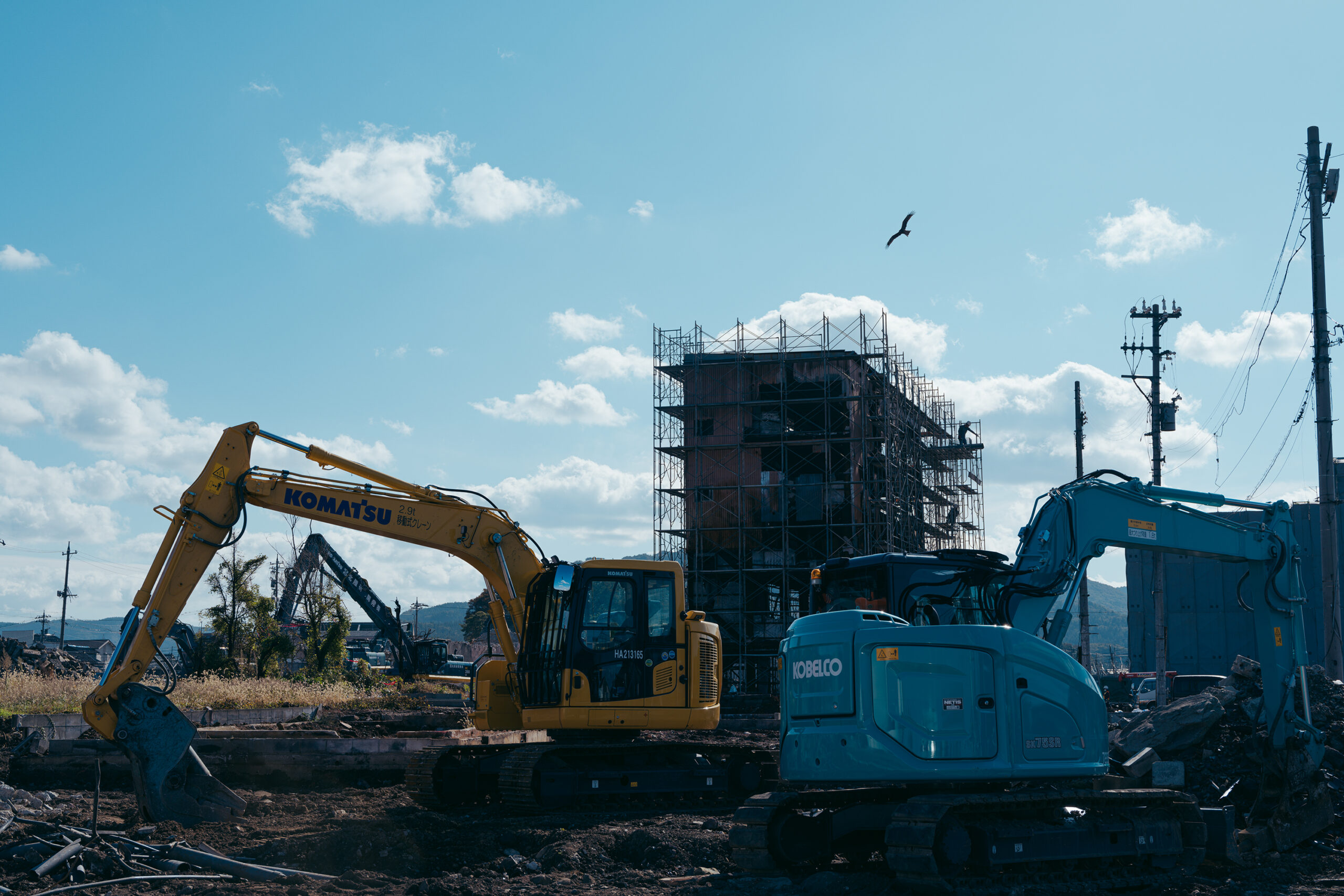
VOL.1
Update
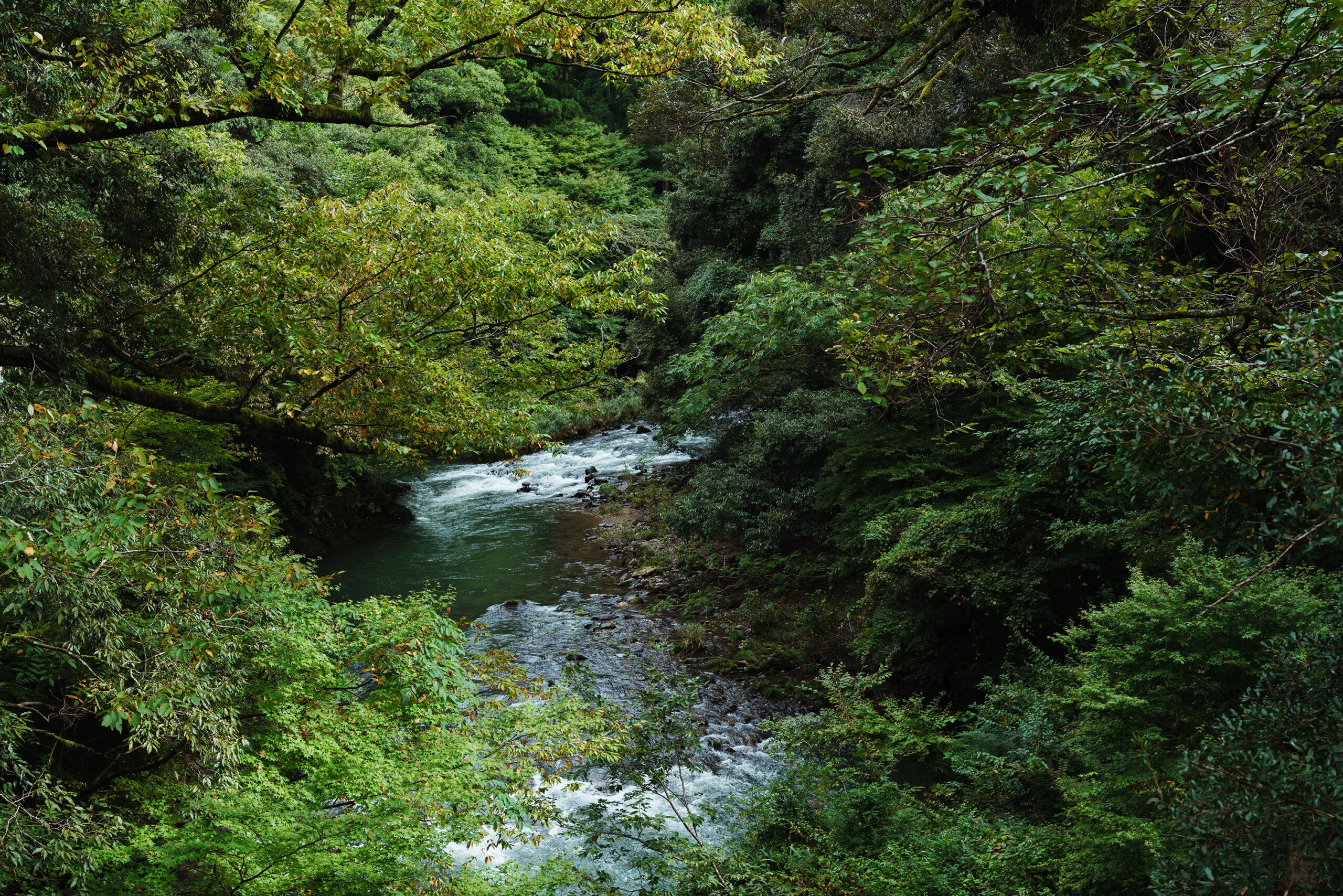
VOL.1-7
Update
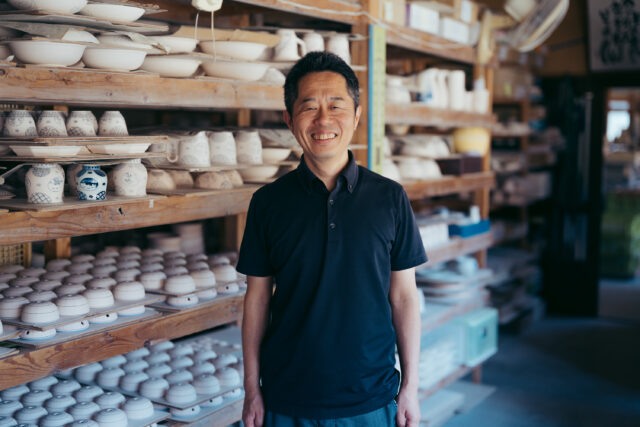
VOL.1-32
Update
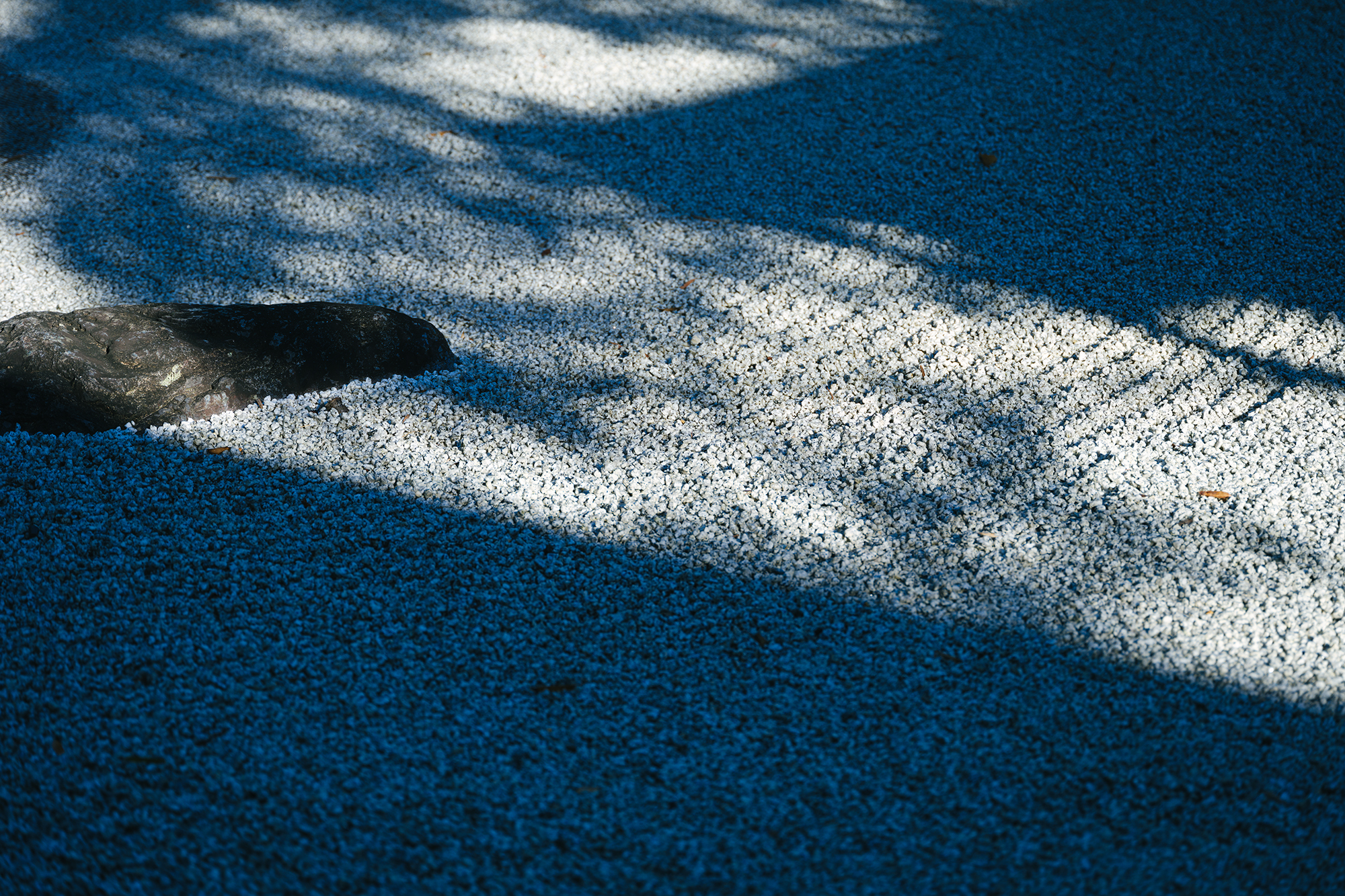
VOL.1-12
Update
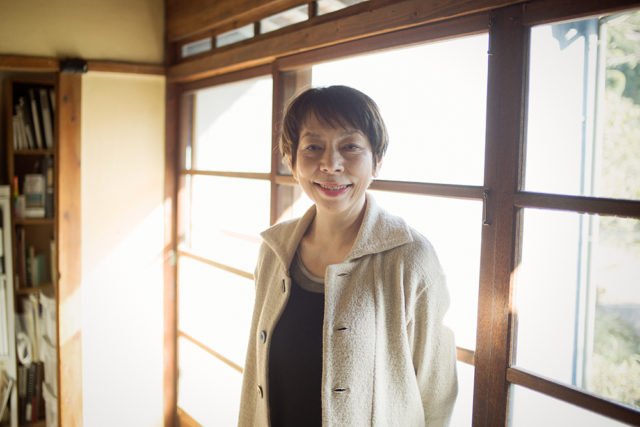
VOL.1
Update
We share a variety of information and perspectives on Japanese crafts, including exhibition information and interviews.
New Products VOL.19
Exhibition • Event Report VOL.27 AD
New Products VOL.18
Editor's Column "Craft Production Regions" VOL.4 AD
Jun 29 – Sep 7, 2025
Midorigaoka Art Museum Annex
Jul 12 – Aug 24, 2025
MIHO MUSEUM
Jul 12 – Sep 28, 2025
Bizen City Museum of Art
Ishikawa
Jul 12 – Oct 19, 2025
Notojima Glass Art Museum
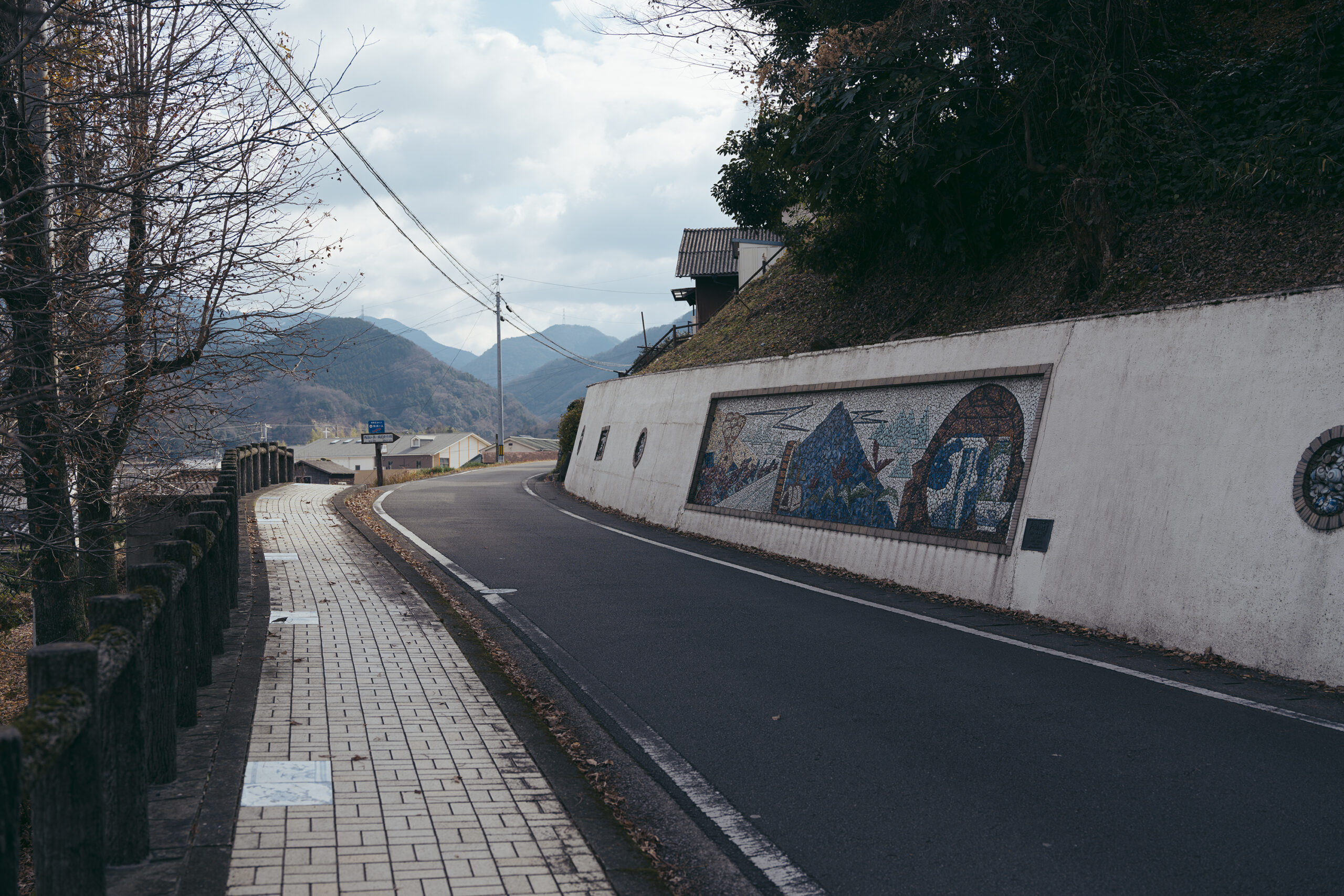
In Japan, crafts such as ceramics, lacquerware, textiles, wood and bamboo products, and metalwork are produced in many different locations across the country, and each region has its own unique style of craftsmanship. For example, within Japanese ceramics, Karatsu ware from Kyushu and Ohori-soma ware from the northeastern Tohoku region differ greatly in terms of their materials and color expression. Similarly, different lacquerwares rooted in Ishikawa Prefecture have their own unique charms, as those from Wajima are known for the finishes of their lacquer, while those from Yamanaka use a specialized woodturning technique. Knowing the unique character of each production area enables us to enjoy each piece from a different angle. As more and more people, even from overseas, are becoming interested in Japan’s craft production regions, this series of columns will focus on one of Japan’s craft production regions at a time, introducing the history and cultural background of each.
One thing that all of the Rokkoyo have in common is that they are blessed with rich soil. Each of the six kilns is blessed with good quality but unique local soils, which have been the foundation for its ceramic production. Bizen ware is made mainly from hiyose, the soil found at the bottom of rice paddies, which was highly praised by the renowned artist Rosanjin Kitaoji. Tokoname ware is now most often associated with reddish-brown shudei clay. Even though it is relatively recent in Tokoname’s history, this shudei clay was made by improving the soil from Tokoname, and continues to benefit from the land.
In terms of technique, the so-called “yakishime” technique of firing without glaze is used in many of the Rokkoyo. This technique allows the user to enjoy the different expressions of the clay the result from changes in the kiln, known as “yohen,” and is now gaining popularity overseas as well, as each unique expression evokes the beauty of nature. Although each of the Rokkoyo has its own unique character, they all share a common flavor as ancient production centers, and learning about their history will help you better appreciate the land they grew out of.
